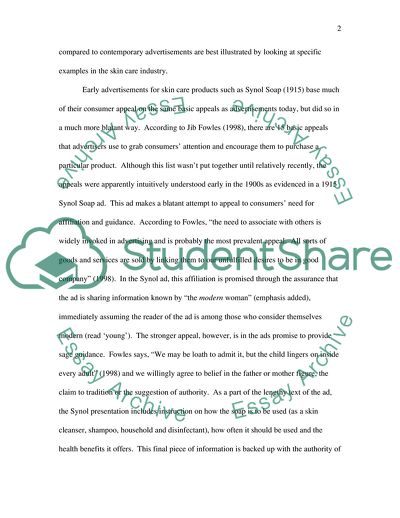Cite this document
(Advertising Through Time Essay Example | Topics and Well Written Essays - 1250 words, n.d.)
Advertising Through Time Essay Example | Topics and Well Written Essays - 1250 words. https://studentshare.org/media/1715718-research-on-advertising
Advertising Through Time Essay Example | Topics and Well Written Essays - 1250 words. https://studentshare.org/media/1715718-research-on-advertising
(Advertising Through Time Essay Example | Topics and Well Written Essays - 1250 Words)
Advertising Through Time Essay Example | Topics and Well Written Essays - 1250 Words. https://studentshare.org/media/1715718-research-on-advertising.
Advertising Through Time Essay Example | Topics and Well Written Essays - 1250 Words. https://studentshare.org/media/1715718-research-on-advertising.
“Advertising Through Time Essay Example | Topics and Well Written Essays - 1250 Words”. https://studentshare.org/media/1715718-research-on-advertising.


